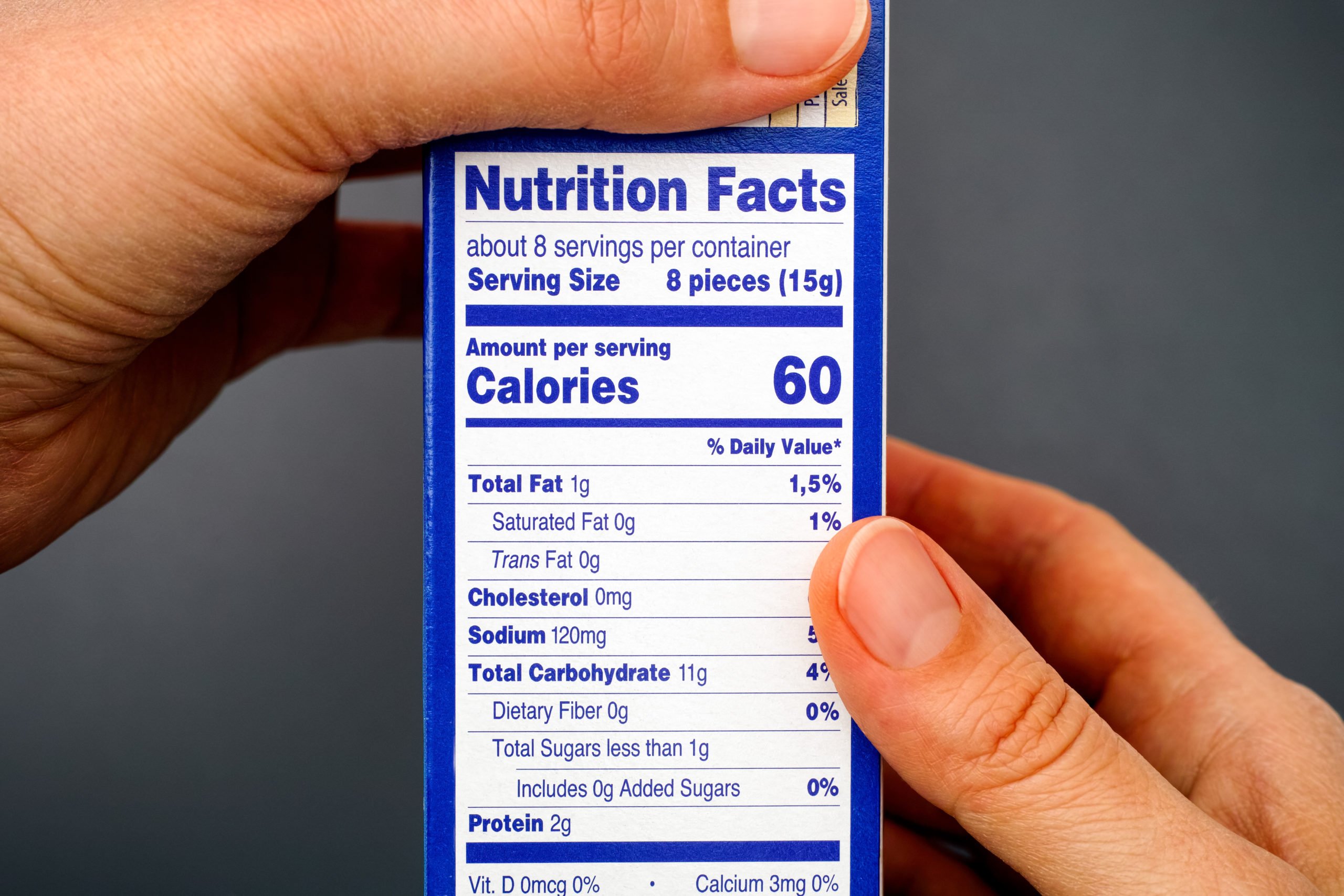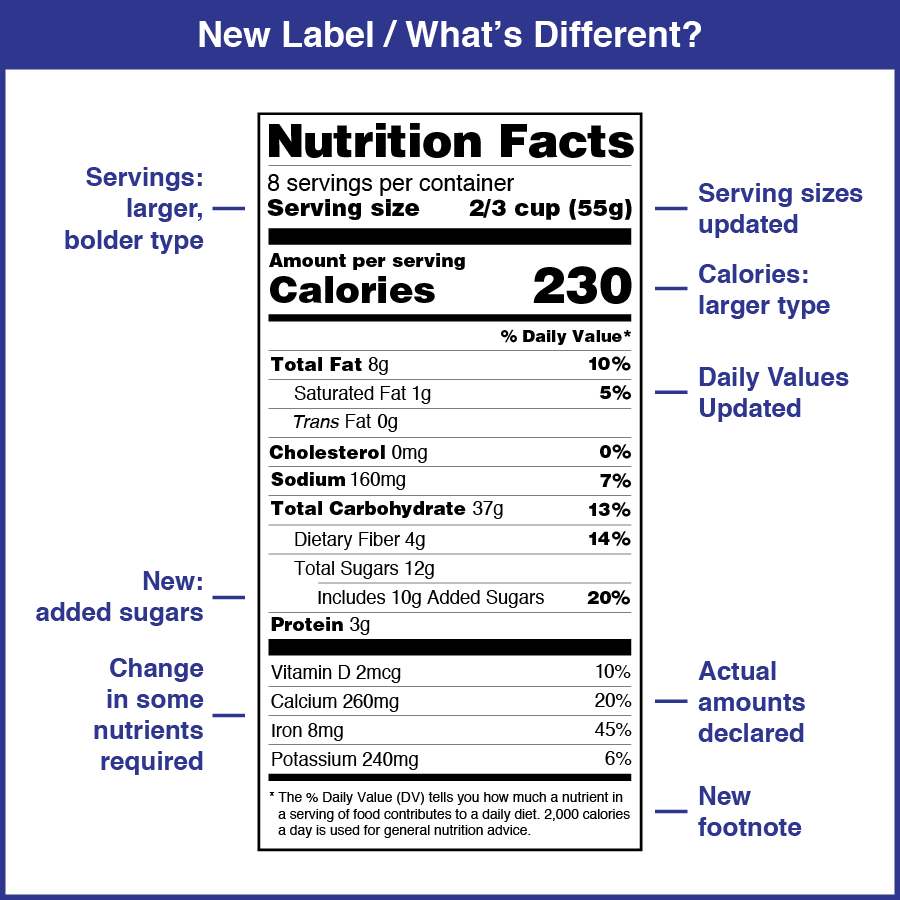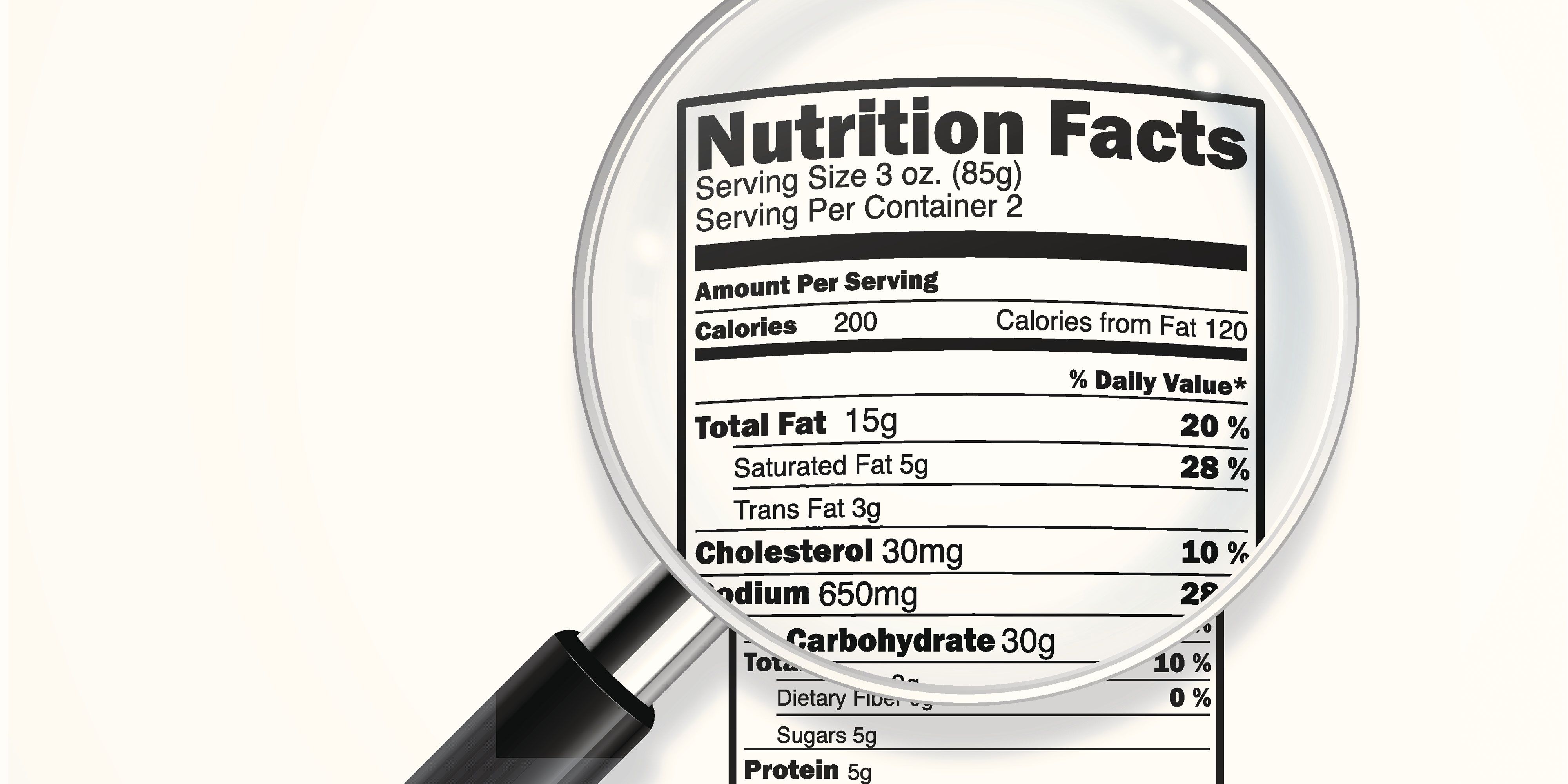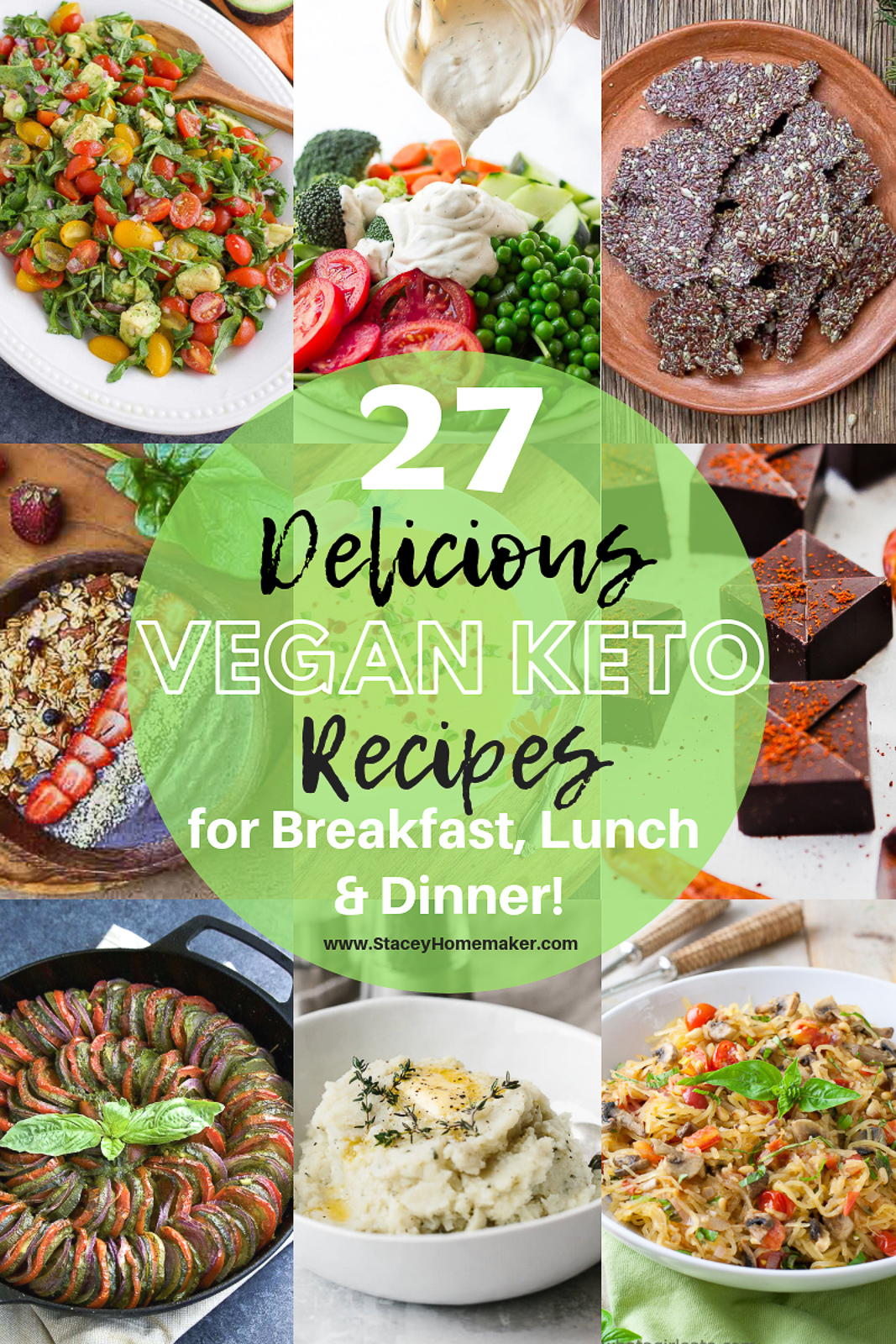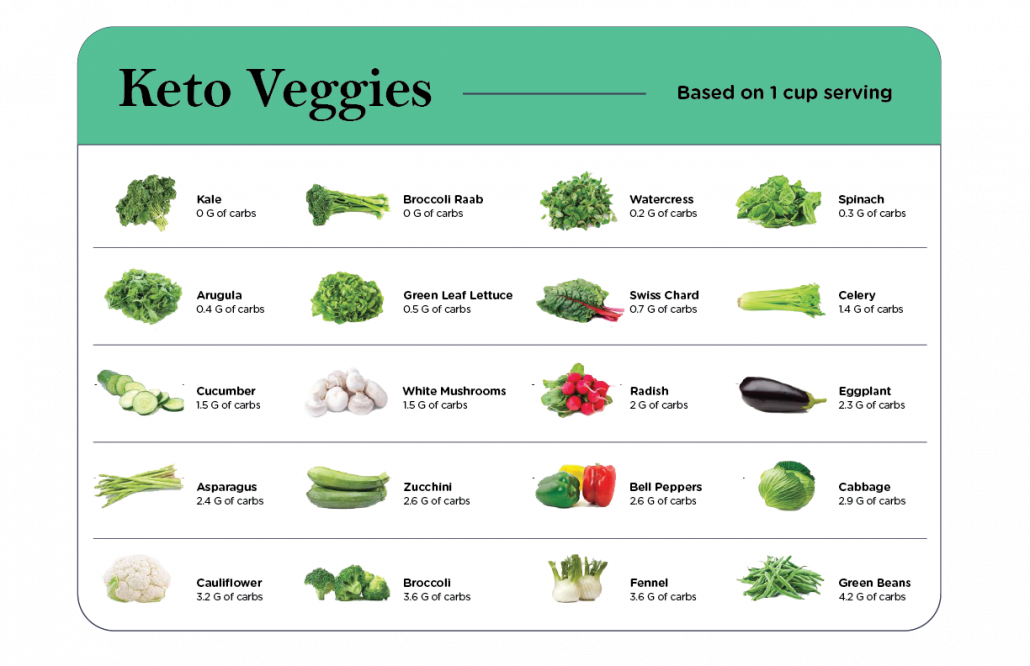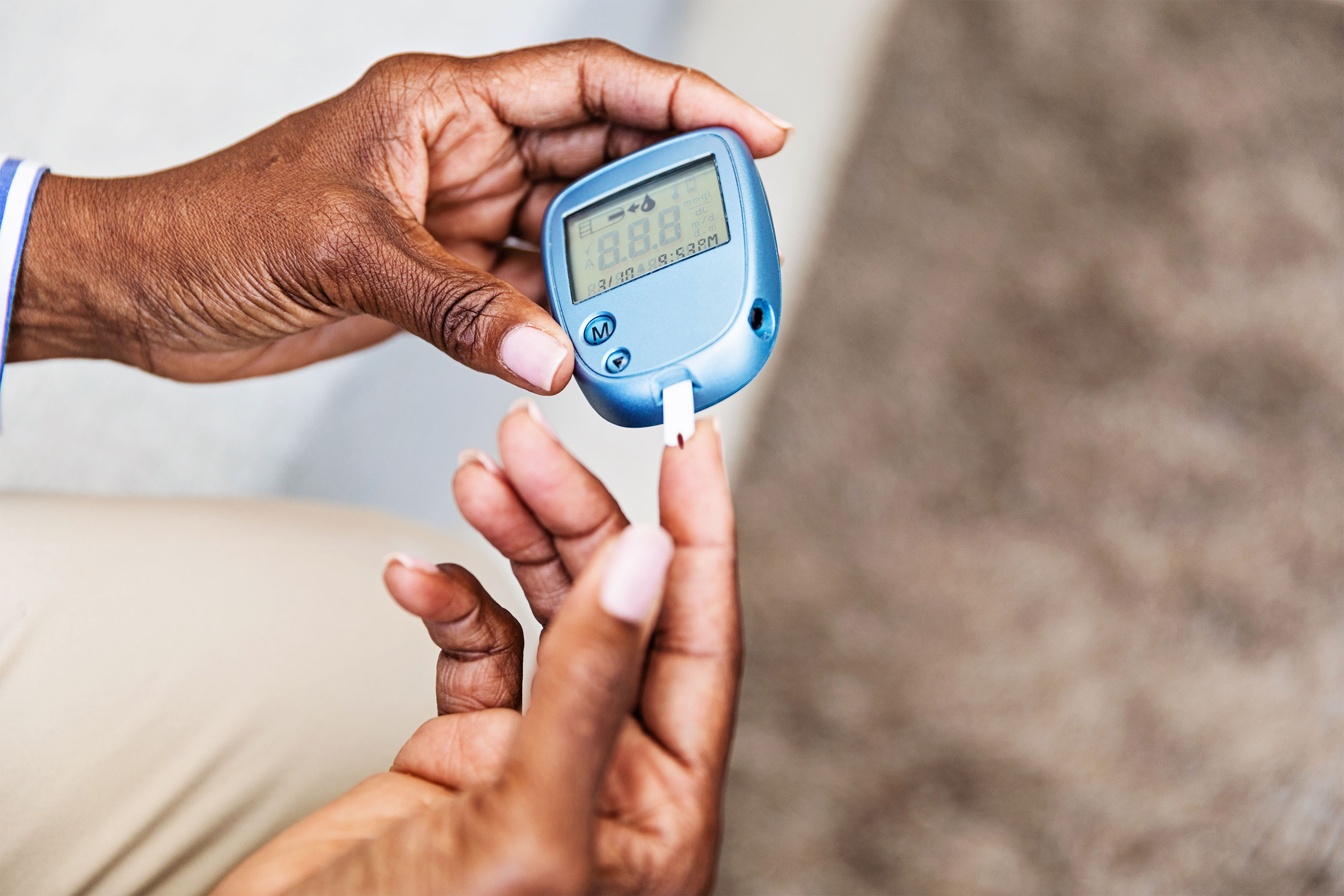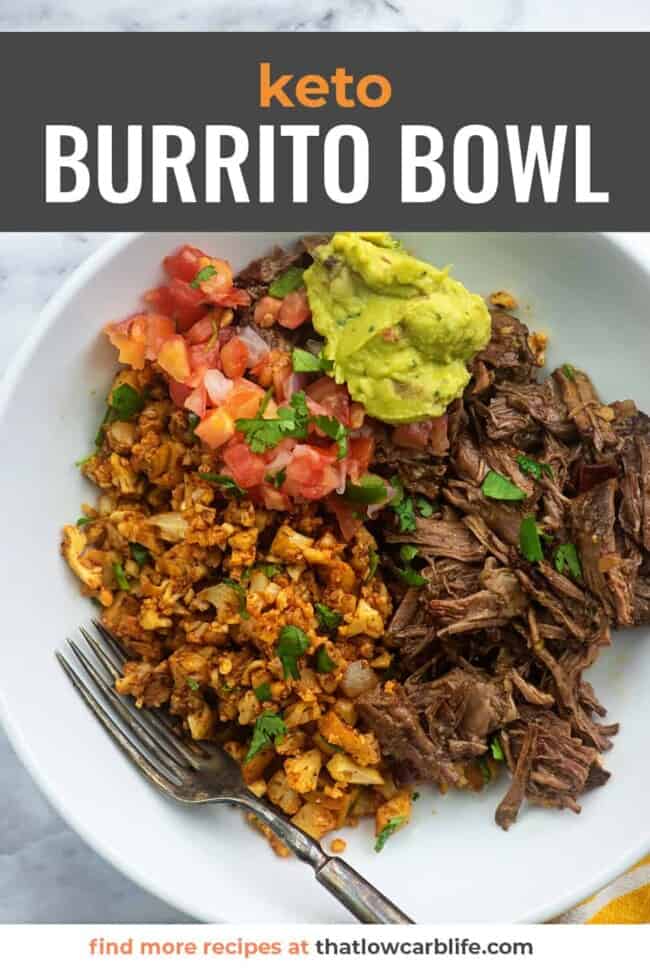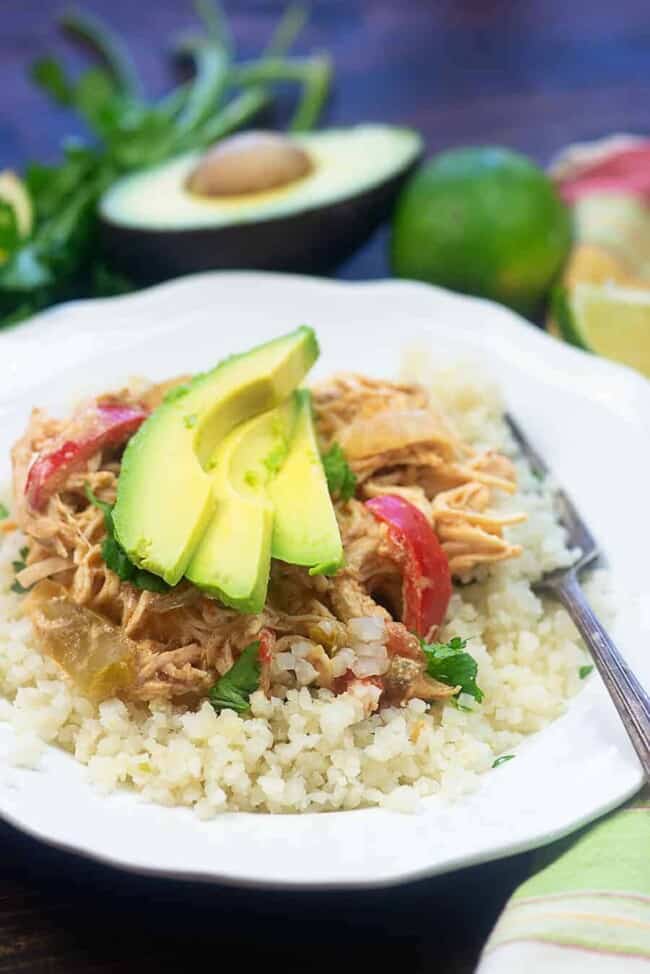Nutrition facts label maker
how do you make a nutrition facts label?
Gather Information:
- Collect detailed information about the ingredients in your product, including their weight or volume.
- Note the nutritional content for each ingredient, such as calories, total fat, saturated fat, trans fat, cholesterol, sodium, total carbohydrates, dietary fiber, sugars, and protein.
Choose a Labeling Tool:
- There are various online nutrition label generators available. Some tools are free, while others may require payment. Examples include the USDA's FoodData Central, Nutrionix, or MyFitnessPal.
Input Data:
- Use the tool to input the information for each ingredient. Some tools may have a database where you can search for specific foods to get accurate nutritional information.
- Specify serving sizes and the number of servings per container.
Generate the Label:
- Once you've input all the necessary information, the tool should generate a nutrition facts label for your product.
- Review the label to ensure accuracy and compliance with regulatory standards.
Download or Print:
- Download the generated label in a suitable format, such as PDF, and ensure it is legible and meets any labeling requirements.
- If you're creating labels for a product to be sold, make sure they comply with local regulations, such as those set by the Food and Drug Administration (FDA) in the United States.
Remember that accuracy is crucial, especially if you're creating labels for commercial products. If you have any doubts or if the process seems complex, consider consulting with a nutrition professional or a food scientist to ensure that your labels are accurate and compliant with relevant regulations. Additionally, regulations may vary by region, so be sure to research and adhere to the specific labeling requirements in your target market.
More Resource Documents:
https://www.fda.gov/food/nutrition-facts-label/how-understand-and-use-nutrition-facts-label





